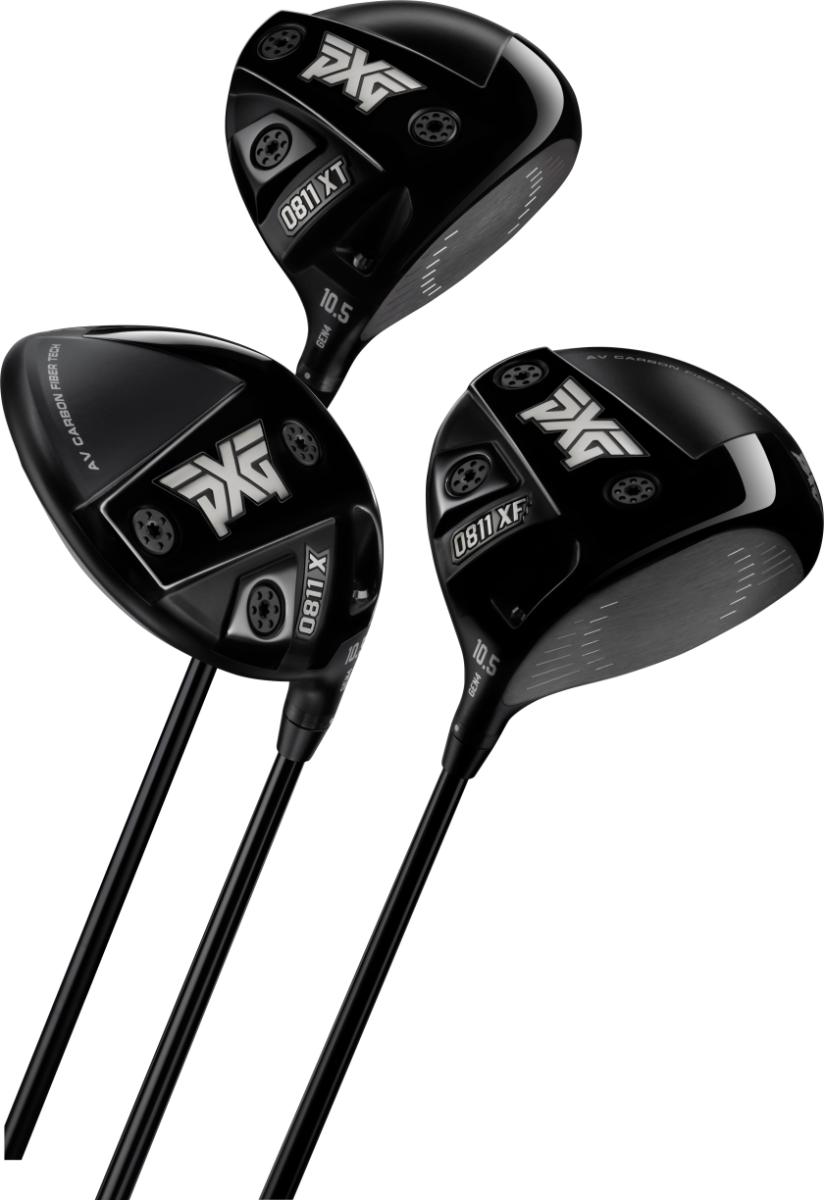PXG introduces 1st complete set with Gen 4 lineup

At summer’s end in 2015, not long after PXG had unveiled its first generation of irons earlier that year, Bob Parsons, the equipment company’s founder, made a bold declaration about the company’s future plans.
“The only time we will release new equipment,” he said, “is when we have something truly special.”
In the almost six years that have passed since then, PXG has remained steadfast on that position. The company didn’t release a second generation of irons until April 2018 — three years after it broke onto the scene — and it was another 21 months before PXG unveiled its third generation of irons in January 2020.
Earlier this month, PXG began taking reservations for its Gen 4 lineup of clubs, which will be available for sale beginning on March 30. The introduction of this latest generation marks the shortest amount of time between launches of the brand’s top-tier collection of equipment; and staying true to Parson’s word, the new lineup features design and technology innovations that warranted a swift release. That said, PXG’s Gen 4 lineup is noteworthy for another reason: it marks the first time that the brand has released a full set of new clubs (driver to gap wedge) at the same time.

Irons
Those familiar with the look of PXG’s previous generations of 0311 irons will notice a fairly stark difference aesthetically this time. The nine high-density, tungsten alloy weights that were previously screwed into strategic positions around the perimeter of the clubhead have largely been replaced by a large singular weight positioned near the club’s center of gravity. Despite the notable change in appearance, the new design was made with far more significant, performance-driven factors in mind.
The standard mass for that large central weight is 8 grams; however, during a fitting, PXG’s clubfitters can adjust the weight, swapping in lighter ones in 2-gram increments, as well as using heavier ones, to dial in the ideal swing weight for every consumer. According to Brad Schweigert, PXG’s chief product officer, the swing weight for players’ irons on various professional tours can vary considerably. At the consumer level, on the other hand, where players’ swing speeds, strength, flexibility and other attributes are vastly different, most amateur golfers all play clubs with the same swing weight.
“They’ve never had an opportunity to experience different options,” Schweigert said. “What we’re delivering for consumers is an efficient and easy way to experience those changes of head mass. For the first time, we’re bringing to the fitting tee a really simple and efficient way of adjusting the head mass up and down.”
How significant is this new design element? Consider that Schweigert and Mike Nicolette, the director of PXG, have played irons with standard head weight for the majority of their careers in golf — Schweigert played Division 1 collegiate golf; Nicolette played on the PGA Tour for the better part of two decades. Yet, through the development of this new technology and then utilizing it themselves, both found performance gains, either through adding weight or taking weight away from the clubhead. “If it can help us,” Schweigert said, “I think it’s really going to benefit consumers.”

Metal Woods
When it comes to PXG’s new lineup of metal woods, notable advancements are also prominently on display. The brand’s latest drivers, fairway woods and hybrids all feature clubheads with hybrid carbon-fiber crown construction, through which the center section of the crown is made of carbon-fiber. It’s a noteworthy change, since the carbon-fiber is 1/4 the weight of titanium — the material used to construct the rest of the driver crown — and 1/8 the weight of steel — the material used to make the rest of the crown of PXG’s fairway woods and hybrids.
“This hybrid crown construction is a more efficient way of saving mass,” Schweigert said. “But by stiffening that crown structure using this design, we’re able to keep the stresses and deflection in the face, which optimizes the overall ball speed performance that you get out of it.”
The carbon-fiber crown section is also more eye-catching thanks to aluminum vapor technology, a process that, through the use of a vacuum-sealed chamber, coats the material with vaporized aluminum. The process increases the stiffness and the stability of the carbon-fiber itself, and while PXG’s metal woods represent the first clubheads to utilize the technology, aluminum vapor has previously appeared in the golf equipment space, specifically within Mitsubishi’s Tensei AV shafts.
PXG enthusiasts will also notice a new driver head shape, the XT, which is a tour-inspired, teardrop design conceptualized to be as aerodynamic as possible. Schweigert acknowledges that clubface size is “the biggest culprit in creating drag,” so the XT driver features the shallowest face from crown to sole and the smallest face from heel to toe. It also provides the most significant performance gains for players who swing at least 105 mph. “For players who swing it pretty fast, they’re going to see probably a 1 mph or so gain in clubhead speed,” he said.
Yet, the most striking new feature of PXG’s metal woods — like the Gen 4 irons — is an advanced precision weighting technology that allows consumers to experience the benefits of changing their head mass. Equipped with eight weights that range in mass from 2.5 grams to 20 grams, PXG clubfitters can fine-tune clubhead weights — and the location of that additional mass — utilizing three fixed weight ports on the driver and two fixed ports in fairway woods and hybrids. (The metal woods are all designed to incorporate at least one heavy weight in their configurations.)
“We can adjust the heavy weight heavier or lighter, we can split weight, and we can use heavier weights in multiple ports to adjust ball flight,” Schweigert said. “There’s just a lot of flexibility and a lot of things that can be done during the fitting process to really dial in the performance.
“It’s not a one-size-fits-all approach for everybody. Some people benefit from going lighter while others benefit from going heavier.”
PXG’s comprehensive weighting technology also allows consumers to better optimize driver performance if changes are made to shaft length. The shorter the shaft, the more head mass is necessary.
Although PXG’s entire lineup offers what Schweigert describes as “breakthrough technology,” when asked, he points to the brand’s new collection of metal woods as the more groundbreaking development. “We’ve already built a lot of equity and expectations in the iron category,” he said, “but woods is an area where I think from a brand perspective we have the most opportunity in front of us.”
Sign up to receive the Morning Read newsletter, along with Where To Golf Next and The Equipment Insider.
